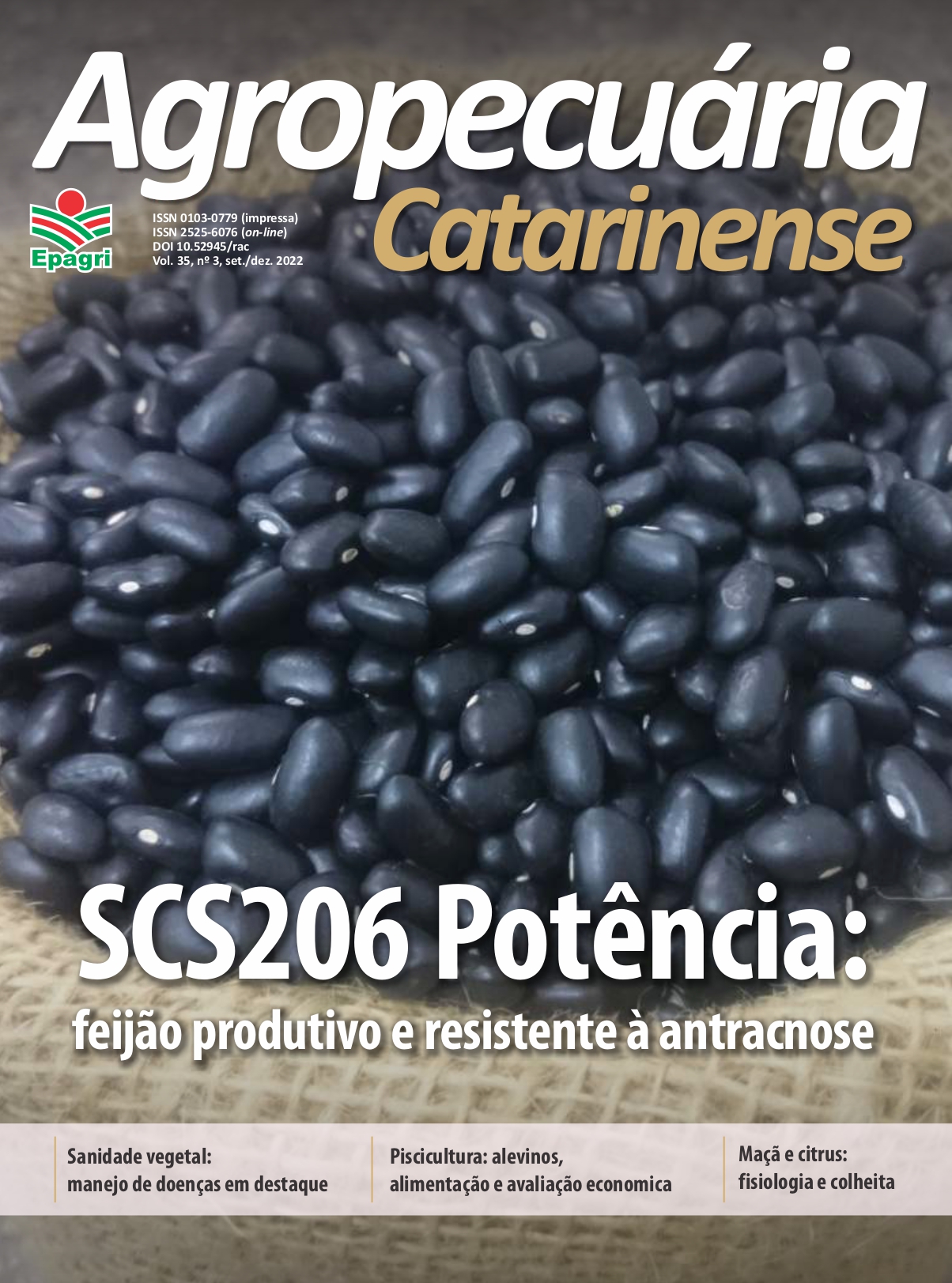Camera with artificial lighting and Bluetooth system for digital image acquisition of Apis mellifera colony nest frames
DOI:
https://doi.org/10.52945/rac.v35i3.1232Keywords:
Breeding area, Breeding pattern, Honey stock, Pollen stock, Digital image analysisAbstract
The use of digital technologies (IOT, Agriculture 4.0) to increase the efficiency of agricultural practices and
production in a scenario of climate change is becoming a decisive role for the well-being of “One Health” (animal, human and environmental health). In this context, the development of digital technological innovations in beekeeping, as one of the great foundations of the environment, is an unquestionable priority. One of the traditional methods of collecting information related
to the performance of Apis mellifera colonies, such as breeding areas, pollen, honey and comb food is the use of marking with pens on transparent acetate sheets and analog observations. As an alternative to this method, a marine plywood camera
was developed for digital image acquisition. The chamber measures 50cm wide, 25cm high and 55cm deep, with internal graduaton in Cartesian axes “x” and “y” in millimeters, with a 2x2cm grid made with structural steel bars for civil construction.
The Lighting system consists of LED lamps with a luminous flux of 55-100lm., color temperature of 6500K, with autonomy of 3 hours at maximum power or 6 hours at minimum power. Images are taken by attaching a cell phone to the outside of the
camera and using a Bluetooth trigger with a communication distance of up to 10 meters for cell phones (Android 4.2.2 or higher
and Apple operating system IOS 6.0 or higher version). This innovation resulted in a decrease in working time for acquiring information, greater comfort for the beekeeper/researcher, an increase in the fidelity of data collection and a decrease in
invasive actions in the hives.
Metrics
Publication Facts
Reviewer profiles N/A
Author statements
- Academic society
- Epagri - Revista Agropecuária Catarinense
- Publisher
- Empresa de Pesquisa Agropecuária e Extensão Rural de Santa Catarina - Epagri
References
AL-TIKRITY, W.S.; HILLMANN, R.C.; BENTON, A.W. A new instrument for brood measurement in a honeybee colony. American Bee Journal, v.111, p.20-26, 1971.
DELAPLANE, K.S.; VAN DER STEEN, J.; GUZMAN-NOVOA, E. Standard methods for estimating strength parameters of Apis mellifera colonies. Journal of Apicultural Research, v. 52, n. 1, p.1-12, 2013. DOI: https://doi.org/10.3896/IBRA/1.52.1.03
SILVA da, R.; FREITAS, B. M. Produção e desenvolvimento de colônias de abelhas africanizadas (Apis mellifera L.) a partir de diferentes áreas e idades de cria. Ciência Rural, v. 34, n. 2, p.545 - 549, 2004. DOI: https://doi.org/10.1590/S0103-84782004000200032.
Downloads
Published
How to Cite
Issue
Section
License
Copyright (c) 2022 Hamilton Justino Vieira, André A. Sezerino, Tânia Patrícia Schafaschek, Carlos Eduardo Salles de Araujo , Everton Blainski

This work is licensed under a Creative Commons Attribution 4.0 International License.





